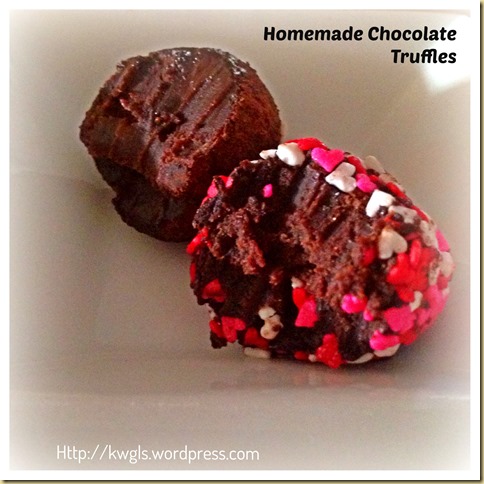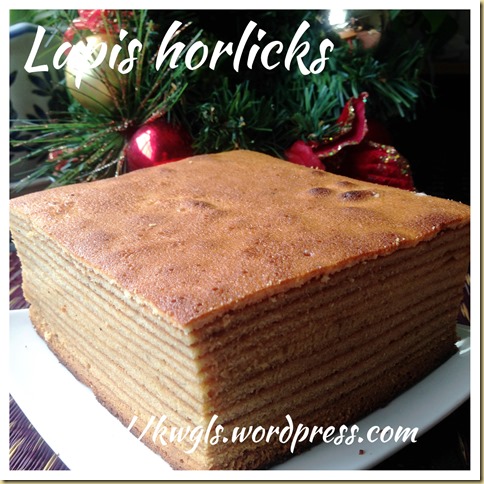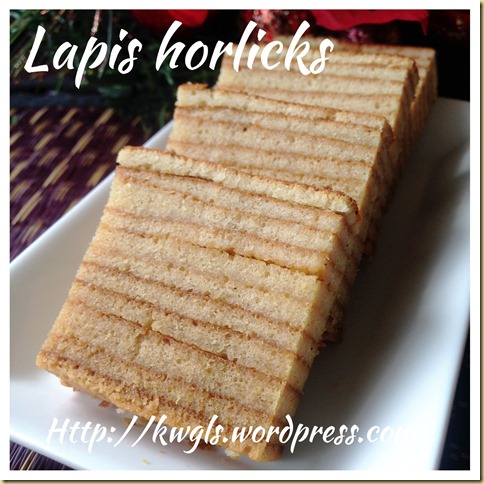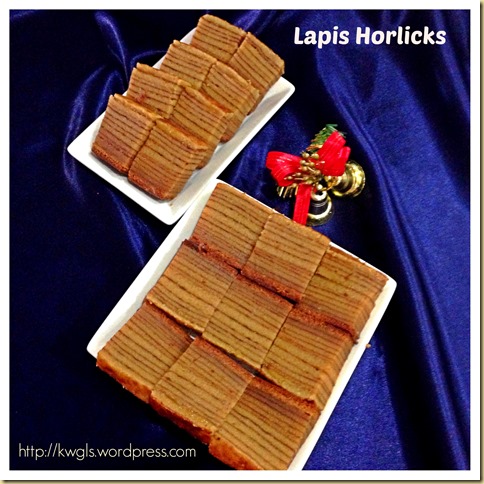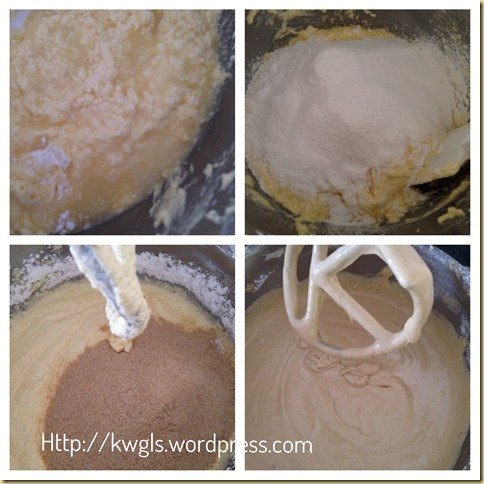INTRODUCTION
My relatives, once have a red velvet birthday cake is asking me if i know how to make red velvet cupcakes. I told her it shouldn’t be a problem since it is a chocolate flavoured cupcake but with the reddish brown daring colour.
Yesterday, I have decided to bake these cupcakes. Frankly speaking, I baked 2 batches of the cupcakes. For the first batch that I baked, I did not like the colour and shape because I have added baking powder and reluctant to add in more cocoa powder to darken the colour.
For the second batch, the colour is better but shape still rose more than desired. I am reluctant to change my recipe as I know my recipe will yield moist and soft cupcakes that I like. Since I am baking using my one number baking ratio beliefs, the volumes of liquids (including eggs) used is higher than other recipes. Because of more eggs used (particularly the egg white which itself is a leavener), the cakes will rise taller than cakes that used less eggs. Therefore, for the second batch, I have to cut off part of the tops. I have amended the recipe to use plain flour instead of self raising flour for cupcakes purposes.
It will definitely be interesting to read a bit more about red velvet cake from Wikipedia:
“Red velvet cake is a cake with either a dark red, bright red or red-brown colour. It’s traditionally prepared as a layer cake topped with cream cheese or cooked roux icing. The reddish colour is achieved by adding beetroot or red food colouring. Before more alkaline “Dutch processed” cocoa was widely available, the red colour would have been more pronounced.” Common ingredients include buttermilk, butter, cocoa, and flour for the cake, beetroot or red food colouring for the colour. (Source: http://en.wikipedia.org/wiki/Red_velvet_cake)
I have to admit that I am rather uncomfortable when I am adding the colouring. However, as it is a trend of baking red velvet cakes in recent years, as a blogger, I can’t possibly ignored this trend or important bake at all. At least my blog should have one. Traditionally, beet root was used for the colouring, however, in recent years, most bakers have used permitted food colouring instead of the natural colour. If you do not like the colouring, well, you can omit the colouring and become just chocolate cupcakes.
Cupcakes are too simple to serve on its own. As an Asian, I do not really mind having cupcakes without any frosting at all. However, I have decided to prepare the less common white chocolate buttercream frosting and share with readers. The cupcakes and the frosting are both not overly sweet and a bite of the creamy white chocolate frosting will bring you to another level of enjoyment. This cupcake is definitely designed for chocolate lovers. In addition, it is a simple “mix and bake” cupcake.
WHAT IS REQUIRED
Servings : 12 cupcakes
Red Velvet Cupcakes:
-
2 eggs (about 110-120 grams)
-
120 grams of plain flour
-
120 grams of castor sugar
-
120 grams of butter
-
70 grams of white chocolate (melted)
-
50 grams of buttermilk or fresh milk (if you use fresh milk, you have to use lemon juice or white vinegar)
-
1 teaspoon of lemon juice or white vinegar (only if you used fresh milk instead of buttermilk)
-
2 tablespoons of cocoa powder
-
2 teaspoons of permitted red colouring (or more until you reached your desired colour)
White Chocolate Frostings:
-
120 grams of unsalted butter at room temperature
-
240 grams of sugar powder
-
80 grams of white chocolate , melted at room temperature
-
1/8 cup of heavy cream
-
Pinches of salt
-
1/2 teaspoon of vanilla essence
Others – Not in picture
-
Wilton piping nozzle – 2D
-
Large piping bag
-
12 cupcakes cups
-
1 muffin tray for holding the cupcakes
-
Sugar sprinkles (optional)
STEPS OF PREPARATION
-
Melt the butter in microwave for 1 minute and set aside.
-
Add the vinegar or lemon juice to the fresh milk and slightly stir it. This is only applicable if you are using fresh milk. Omit this step if you are using buttermilk.
-
Melt the white chocolate in microwave for 1 minute and set aside.
-
Put the cupcakes cup in the muffin tray
-
Sift the flour and cocoa powder into a big bowl. Add sugar and use a spoon to make a well in the centre.
-
In another bowl, put eggs and melted butter. Use a balloon whisk to whisk until well mixed. Add in white chocolate and whisk until well mixed. Add in the red permitted food colouring followed by milk and mix well.
-
Put the red coloured liquid mixture into the dry ingredients (sugar, cocoa powder and plain flour). Use the balloon whisk to mix well. Scoop the batter into the cupcake cups in the muffin trays. Fill the cupcake cups with 2/3 full. If your batter is more, you should increase number of cups used.
-
Baked in the oven for 15-20 minutes or when the skewer inserted comes out clean. Transfer the cupcakes to the rack and cool completely before proceed to the frosting.
White Chocolate Frosting
-
Melt the white chocolate in the microwave for one minute and set aside at room temperature for cooling.
-
Get ready your preferred nozzle, I have used Wilton 2D nozzle to create a big rose liked swirl.
-
Get ready a container that can hold the piping bag. I have used Chinese New Year cookies container.
-
Cream you butter at medium speed (about 1-2 minutes) until smooth and pale. Change to low speed and gradually add in your icing sugar spoon by spoon until the sugar are added. Quickly add in the melted white chocolate and revert back to medium speed for 2 minutes until the icing is smooth, creamy and combined. Add in the cream, vanilla essence and pinches of salt and beat for additional 1 minute until combined. At times, room temperature do have effect on the frosting prepared. If your frosting is too dry, add ONE TEASPOON of cream gradually. If it is too runny, add ONE TABLESPOON of icing sugar at a time to improve the consistency. However, some judgements are needed. You may wish to chill it before piping (as mentioned below).
-
Transfer your icing to the piping bag. If your icing is too runny, you can put your piping bag in the fridge for 2-3 minutes until your desired icing consistency. Either start from the centre or from the edge of the cupcake, pipe the icing in the circular pattern until the top of the cupcake is covered. Sprinkle with coloured sugar or candy beads if desired. Well, any left over icing can be used for saltine crackers if you like it or keep in an air tight container in the fridge until the next frosting.
-
In Singapore’s hot weather, you may wish to chill it if you do not consume it immediately. Keep in the refrigerator until 10 minutes before serving. Best serve as a snack with a cup of coffee or tea.
CONCLUSION
This is a simple recipe using mix and bake and with some white chocolate frosting. In my humble opinion, the taste is superb, textures are soft and moist. The frosting are just right to go with the cake. However, if you do not like permitted food colouring, do ignore it and make it into chocolate cupcakes and I am sure you will concur with me that it is equally delicious if you do not prefer to have any frosting.
Hope you like the post today. Cheers and have a nice day.
For more recipes, you can refer to my RECIPE INDEX here and you can follow me at PINTEREST or visit this blog’s FACEBOOK PAGE .
If you are a Pinterest user and you are interested to have more recipes, you can join or follow this Pinterest Board set up by me where there are more than 400 recipes worldwide and pinned by various bloggers: FOOD BLOGGERS AND FOODIES UNITED PINTEREST BOARD
For Four Seasons Blog Hop #28 (Nov 20) where I am the Co-host, please join us for the party where you can get a lot of the family related posts. Please click the above logo to enter your post.








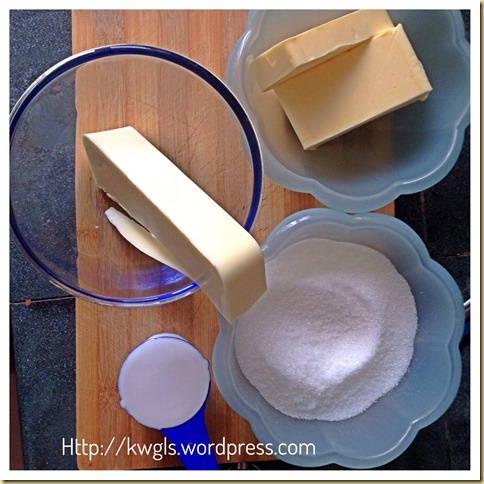






















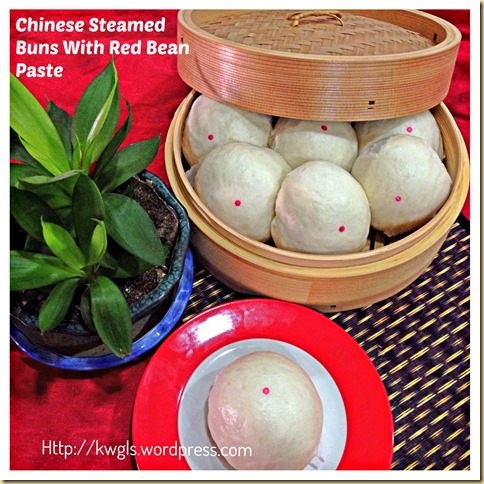























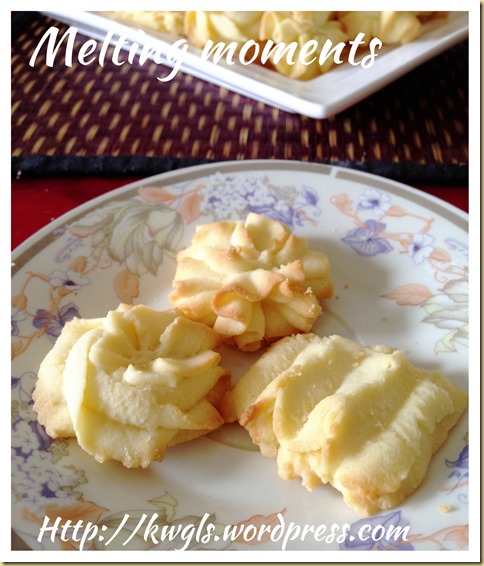

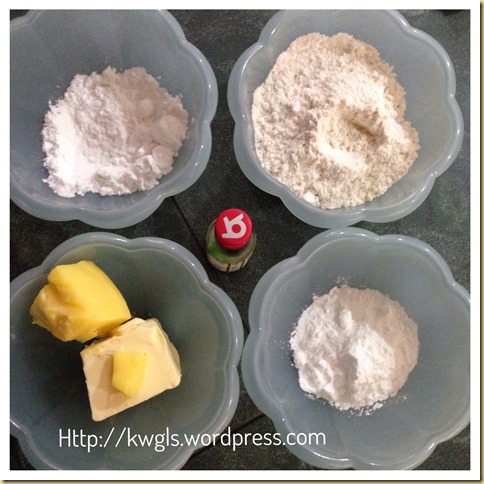

















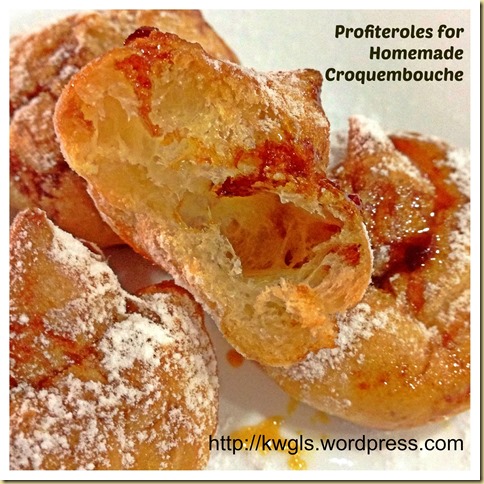











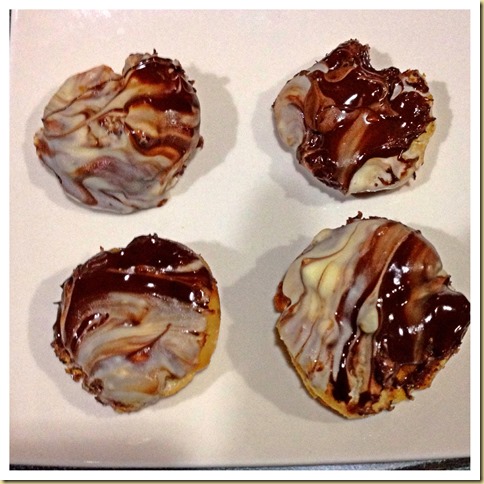
























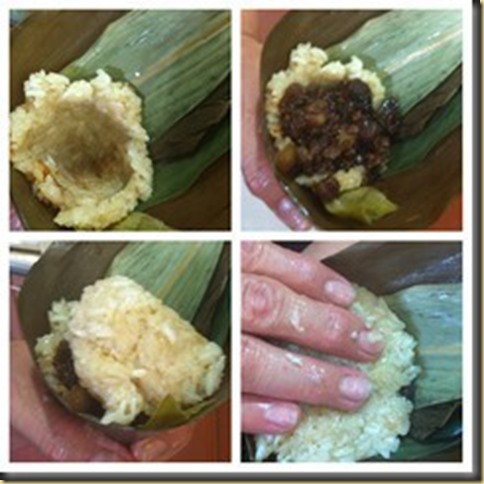




![Capture14222[2] Capture14222[2]](https://kwgls.files.wordpress.com/2013/11/capture1422221.jpg?w=474&h=278)




















